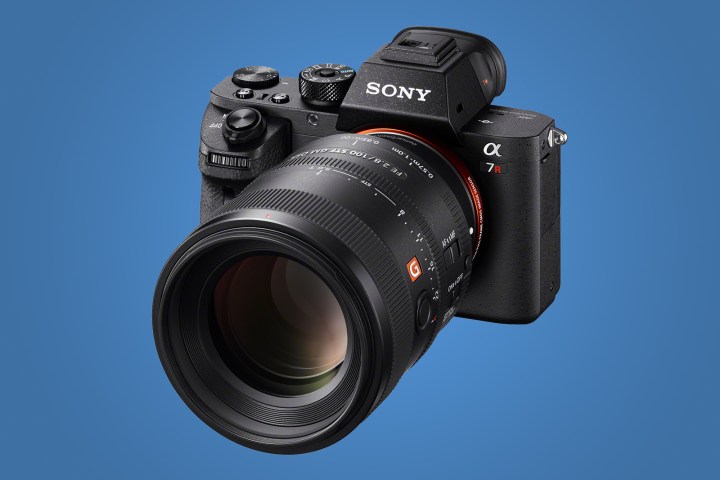
Update: We mistakenly reported earlier that Sony became the top-selling full-frame interchangeable lens camera brand, beating DSLRs. Sony became the second best-selling, not first.
Sony launched the first full-frame mirrorless camera three years ago with the a7. While the company’s full frame line also still includes single-lens-reflex (or single-lens translucent) models, like the a99II, the brand’s latest additions to the Alpha mirrorless series, the a7RII and a7RSII, have been instrumental in Sony’s increase in sales, the company said. As the only company with a full-frame mirrorless outside of Leica, this is a major achievement for mirrorless technology. Compared to the same time period in 2016, Sony’s full-frame camera sales have grown by 23 percent.
While the camera market as a whole has been seeing declines over the past several years, the data from the NPD Group’s Retail Tracking Service shows that full-frame interchangeable lens cameras, including DSLRs, have grown by about five percent. However, if Sony is removed from the equation, sales would have fallen by about two percent. The data compares total sales value and not the number of products sold, measuring sales changes between January and February 2016 with the same period in 2017.
While Sony was first to launch a full-frame mirrorless, outside of luxury brand Leica, no other camera manufacturer currently offers a mirrorless with the 35mm sensor, though Fujifilm now has a medium format option.
“Our commitment to the industry is stronger than ever,” said Neal Manowitz, VP of Digital Imaging at Sony North America. “We are always listening to our customers, combining their feedback with our intense passion for innovation to deliver products, services, and support like no other.”
Photographers initially approached mirrorless systems with caution, since the lack of a mirror created an autofocus system slower than DSLRs. Over the last decade, however, technological advances have narrowed the performance gap significantly. While the number of DSLRs shipped in 2016 fell by 17 percent, mirrorless cameras only declined by four percent. Other statistics show the mirrorless still has a lot of catching up to do — the sector made up only three percent of all Flickr uploads last year, while DSLRs made up 25 percent of uploads to the imaging platform.
While Sony has been a dominant player in the mirrorless arena for years, Canon and Nikon have been a bit more hesitant, with many considering the EOS M5 as Canon’s first serious mirrorless camera. Nikon has the speedy but small sensor Nikon 1 series that hasn’t seen an update since 2015, though reports suggest the company is working on a more advanced series as well.
Editors' Recommendations
- The best full-frame cameras
- Canon EOS R5 vs. Sony A7S III vs. Panasonic S1H: Best full-frame for video?
- Sony’s new ultra-wide full-frame lens is the first of its kind
- Panasonic takes on Sony in the vlogging camera game with compact Lumix G100
- The Xperia 1 II brings Sony’s mirrorless camera tech to a smartphone




